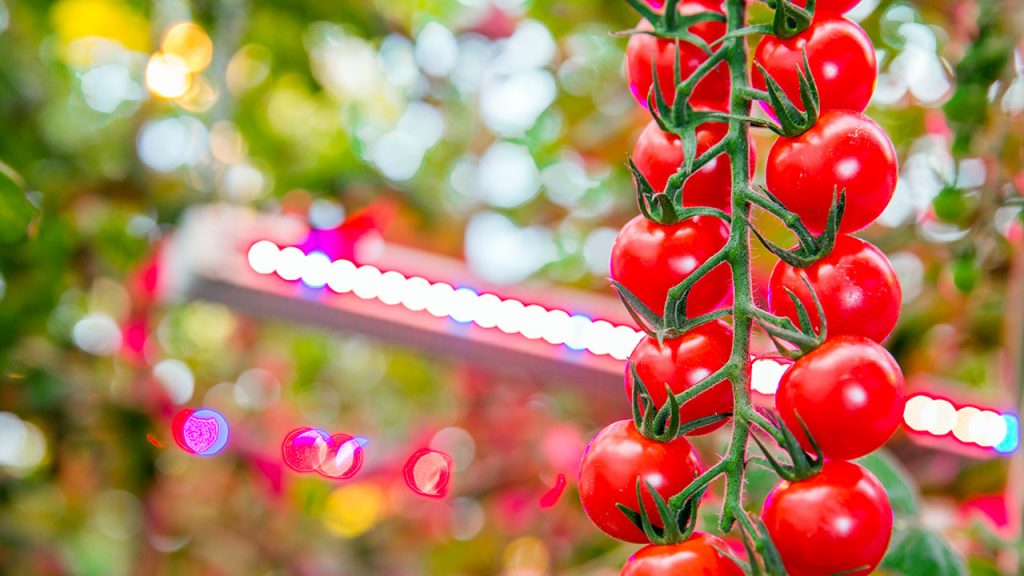What Are PAR, PPF and PPFD?
If you are researching a lighting system for your plant growth facility, you may have come across many terms that you are not familiar with. In plant production; PAR, PPF, and PPFD are the acronyms you’ll come across most often. So what do these abbreviations mean?

If you are researching a lighting system for your plant growth facility, you may have come across many terms that you are not familiar with. In plant production; PAR, PPF, and PPFD are the acronyms you’ll come across most often. So what do these abbreviations mean?
PAR stands for Photosynthetically Active Radiation. The part of the light in the spectral range of 400 nm-700 nm can be used by plants in the photosynthesis process. This region is very close to the range of light visible to the human eye. The intensity of light in this range determines the PAR.
PPF stands for Photosynthetic Photon Flux. PPF specifies the number of photons emitted by the light source. As with the PAR, only the wavelength range of 400-700 nm is taken into account. The unit of PPF is the amount of light particles emitted per second, µmol/s.
PPFD stands for Photosynthetic Photon Flux Density. PPFD refers to the amount of useful light reaching the plant. In other words, it indicates the number of photosynthetically active photons falling on a given surface per second, and its unit is µmol/(m²s).
These terms give basic information about the performance of light sources used in plant production. In particular, the PPF can be easily compared with different light sources. The only problem with this comparison method is the reliability of the catalog data provided by the manufacturer.
You should not forget that you should consider all factors to choose the most suitable system according to your application area and plans.




